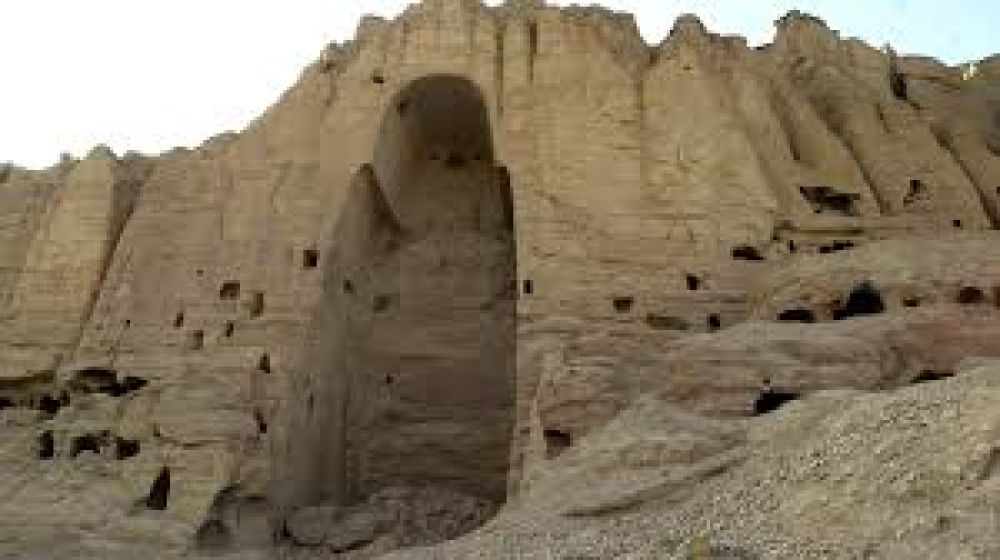The Buddhas of Bamiyan were renowned for their size, historical value, and artistic significance. As examples of Gandharan art in the Indian subcontinent and as important symbols of the cultural heritage of Afghanistan, the Buddhas were landmarks on the Silk Road, illustrating the blend of cultural influences including Hellenistic, Indian, and Buddhist iconography that existed in the region.

